There’s something oddly comforting about holding that green-tinted Starbucks cup, especially when it’s filled with their iconic iced matcha latte. But have you ever paused mid-sip and wondered what’s actually in it? You’re not alone. More people are starting to ask questions about Starbucks matcha ingredients—and for good reason.
It’s easy to assume it’s just finely ground green tea and milk, but the truth might surprise you. In this article, we’re digging into what’s really blended into that bright green drink, how healthy it actually is, and whether it lives up to the matcha name.
Table of Contents
My Eye-Opening Discovery About Starbucks Matcha Ingredients
The First Sip That Sparked a Deep Dive
It started like any other weekday. I was on the road outside Austin, knocking out supply runs for a backyard deck project. Pulled into a Starbucks for something cold and quick—figured I’d try that bright green drink everyone talks about. I ordered the iced matcha latte, expecting something earthy and energizing. One sip in, it was sweet, smooth, and honestly kind of addicting. But something felt off. That distinct bitterness matcha’s known for? Nowhere to be found.
Back at home, curiosity got the better of me. I looked up the Starbucks matcha ingredients and quickly realized I wasn’t drinking pure matcha at all. What I found was surprising: Starbucks uses a pre-sweetened powder blend, and sugar is the first ingredient—not matcha. That single detail turned my “healthy” treat into something closer to a dessert.
That moment kicked off a string of taste tests and comparisons with real matcha at home. I even built my own version—this homemade iced matcha latte—to see what matcha really tastes like when you’re in control of the ingredients.
Why It Pays to Know What’s in Your Cup
We live in a time when buzzwords like “matcha,” “plant-based,” and “clean energy” are everywhere. So it’s easy to assume you’re making a smart choice just by picking something green and earthy off a menu. But if there’s one thing I’ve learned—especially coming from a home where everything was made from scratch—it’s this: names can be misleading, and labels don’t always tell the whole story.
Take Starbucks matcha, for example. It sounds like something pulled from a Japanese tea ceremony, full of antioxidants and ancient wellness. But a closer look at the Starbucks matcha ingredients tells another story. When sugar is the primary ingredient, that healthy-sounding drink becomes a sweetened product—closer to a flavored latte than true matcha tea.*
Breaking Down the Real Starbucks Matcha Ingredients
The Official Ingredient List: Just Two Components
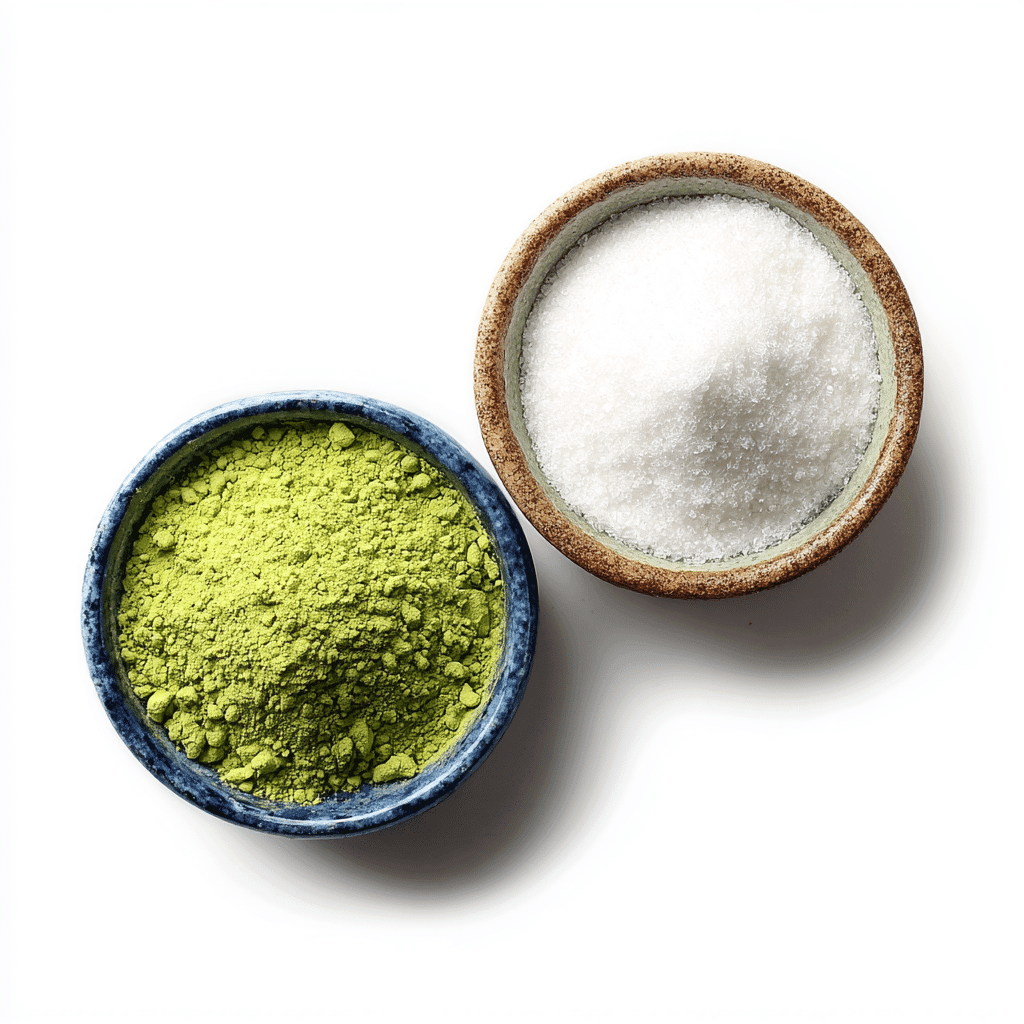
Most folks think Starbucks matcha is just powdered green tea and milk. But the reality is a little sweeter—literally. The Starbucks matcha ingredients are a blend of only two things:
- Sugar
- Ground green tea (matcha powder)
And not in equal measure. Based on Starbucks training manuals and employee insights, that blend leans heavily toward sugar—anywhere from 50% to 80% sugar per scoop.
Here’s what that means for your drink:
- A grande iced matcha latte includes 3 scoops of matcha blend
- That adds up to roughly 28–30 grams of sugar
- This doesn’t even include sweetened milk or flavored syrups
So when you think you’re sipping a clean green tea drink, what you’re actually getting is a heavily sweetened beverage masked as something healthy.
A Closer Look at the Matcha Quality
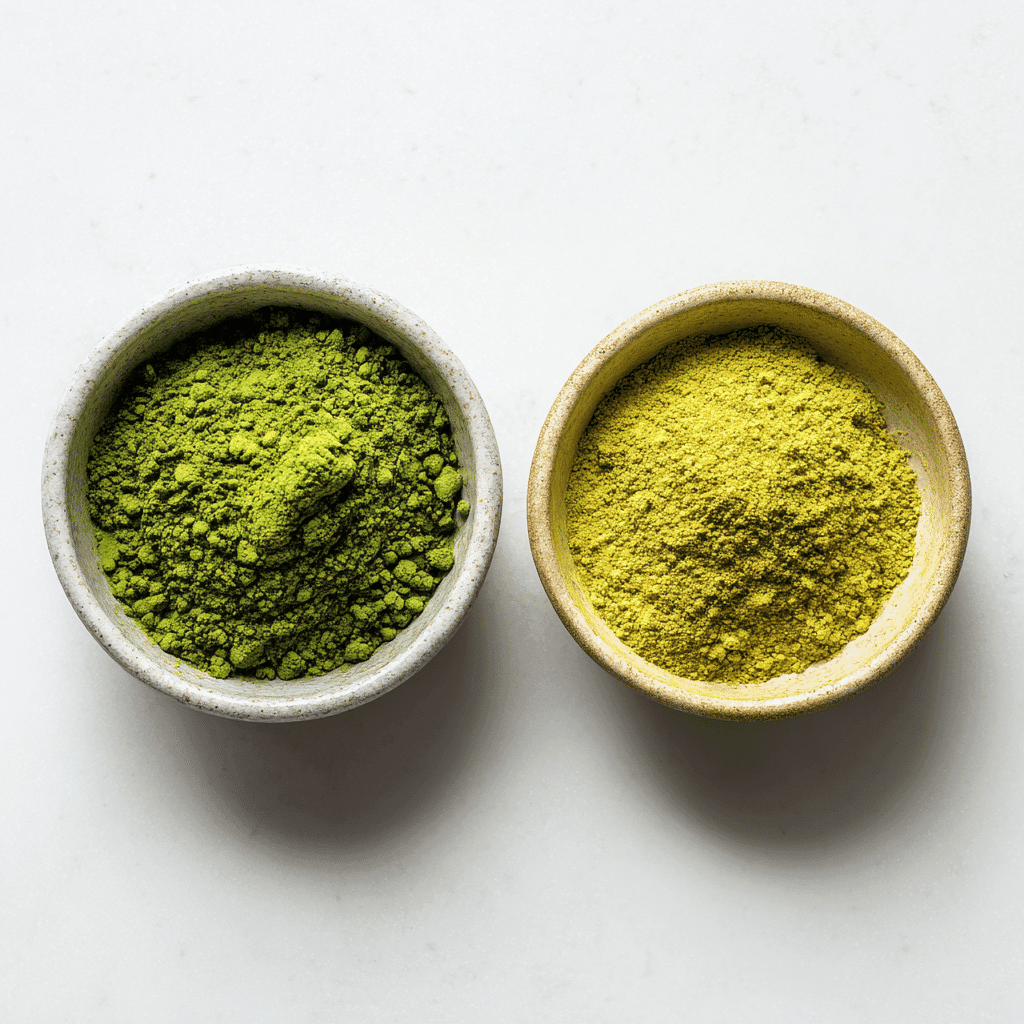
True matcha—ceremonial-grade—is a vibrant, fine powder made from young shade-grown tea leaves. It’s prized in Japanese tea ceremonies for its smooth flavor and high antioxidant content.
Starbucks doesn’t use that kind. Instead, they likely use a culinary-grade matcha, which:
- Is more bitter and designed for mixing into recipes
- Comes from mature leaves and larger-scale production
- Is often sourced from China or lower-tier Japanese farms
While that makes it cost-effective and scalable for a massive chain, it doesn’t offer the same purity, freshness, or nutrient density that premium matcha is known for.
So if you’re expecting an authentic matcha experience, it’s worth knowing what’s really in that scoop. Starbucks matcha ingredients make for a tasty drink—but not necessarily a traditional or health-focused one.
Is Starbucks Matcha Actually Healthy?
The Sugar Problem: A Hidden Sweetener Bomb
Many people grab a Starbucks matcha latte thinking it’s a lighter, healthier alternative to sugary coffee drinks. But the sugar content in this so-called “healthy” choice might surprise you.
Each scoop of the Starbucks matcha blend contains around 7–9 grams of sugar, and a grande size uses three scoops. That’s:
- 21–27 grams of sugar just from the matcha powder
- Plus additional sugar if you choose sweetened almond milk, oat milk, or added syrups
To put that in perspective, the American Heart Association recommends no more than:
- 25g of added sugar daily for women
- 36g daily for men
So that “green tea” you’re sipping could use up—or exceed—your daily limit before you’ve had lunch. Despite its earthy color and health halo, the reality is that Starbucks matcha ingredients include enough sugar to rival a soda.
Antioxidants vs. Additives: Do They Cancel Out?
Pure matcha is known for its natural health benefits—antioxidants like EGCG, L-theanine for calm focus, and even metabolism-boosting compounds. But those benefits come from high-quality, unsweetened matcha, not sugar-heavy blends.
When the majority of the powder is refined sugar, the health advantages get watered down. Some questions to consider:
- Are you getting enough actual matcha per scoop to make a difference?
- Does the sugar spike cancel out the calming effects of L-theanine?
- Are additives like sweetened milks doing more harm than good?
The bottom line: if you’re reaching for Starbucks matcha to be healthier, it’s worth rethinking your order—or making your own with real matcha powder. Once you know what’s in the Starbucks matcha ingredients, it’s easier to make better, more informed choices.
Comparing Starbucks to Real Matcha
Homemade vs. Store-Bought: Ingredient Transparency
Making matcha at home is like cooking in your own kitchen—you control every single ingredient. No guesswork, no hidden sugars, and no premade blends. You start with real matcha powder, choose your preferred milk (or water), and adjust the sweetness level to your taste—or skip it altogether.
With Starbucks, it’s a different story. The Starbucks matcha ingredients come pre-mixed, and the top-listed ingredient isn’t matcha—it’s sugar. That means you’re drinking a blend that prioritizes sweetness over purity.
Here’s the difference in simple terms:
- Homemade matcha = pure matcha + your choice of milk or water
- Starbucks matcha = sugar + matcha powder (with sugar in the lead)
When you make your own, you get to choose the quality—ceremonial or culinary grade—and keep the drink as clean or sweet as you want.
Authentic Matcha vs. Mass Appeal
Real matcha is a craft. It’s shade-grown, stone-ground, and harvested with care—often from small Japanese farms with generations of tradition behind them. It’s known for its bright green color, smooth taste, and natural energy-boosting properties.
Now let’s talk Starbucks. Their version may check the box by using green tea powder, but it lacks the complexity and freshness of traditional matcha. The bulk manufacturing process, added sugars, and general lack of transparency shift it far from the original.
If you’re seeking matcha for its health benefits or rich flavor, it’s important to know what you’re really drinking. Understanding the Starbucks matcha ingredients reveals a product designed more for convenience and taste than authenticity.
Frequently Asked Questions About Starbucks Matcha Ingredients
What are the ingredients in a Starbucks matcha?
Starbucks prepares its matcha drinks using a pre-mixed powder that contains only two components: green tea powder and sugar. What surprises many people is that sugar makes up the larger portion of that blend. This means you’re not just getting matcha—you’re getting a sweetened product designed more for taste than purity.
Is Starbucks matcha actually healthy?
That depends on how you define “healthy.” While matcha itself can offer antioxidants, amino acids, and a steady caffeine boost, the Starbucks matcha ingredients dilute those benefits with a significant amount of sugar. A grande iced matcha latte contains about 28–30 grams of sugar from the powder alone—roughly equal to a can of soda. It’s more of a sweet treat than a health tonic.
What is inside a Starbucks matcha?
Inside that green drink is a blend of sugar and green tea powder, combined with the milk of your choice. Starbucks doesn’t use pure matcha. The powder comes pre-sweetened, and the drink can be made with dairy, almond, soy, oat, or coconut milk. Optional flavor syrups or cold foams add even more sugar and calories.
Is Starbucks matcha tea real matcha?
Technically, yes—it does contain matcha powder. However, it’s not ceremonial-grade matcha, which is the high-quality type traditionally used in Japanese tea ceremonies. Starbucks likely uses a culinary-grade matcha, which is cheaper, more bitter, and intended for mixing. Combined with sugar and milk, it offers flavor and color but falls short of traditional matcha purity.
Conclusion: The Truth Behind Starbucks Matcha Ingredients
At first glance, that bright green drink from Starbucks looks like a smart, healthy choice. But once you take a closer look at the Starbucks matcha ingredients, it becomes clear there’s more sugar than tea in that cup. While it’s marketed as a wellness-friendly option, the reality is closer to a sweetened latte with a hint of green tea.
If you’re drinking matcha for its benefits—calm energy, antioxidants, or a metabolism boost—you deserve to get the real deal. Making your own matcha at home gives you full control over quality, sweetness, and nutrition.
It’s not about avoiding Starbucks forever. It’s about knowing what you’re really sipping. Because once you understand what’s behind the label, it’s easier to enjoy matcha in a way that truly serves your body—and your taste.
Love comfort food with real ingredients?
Follow us on Facebook and Pinterest for daily recipes straight from our kitchen—no fluff, just hearty meals that feel like home.


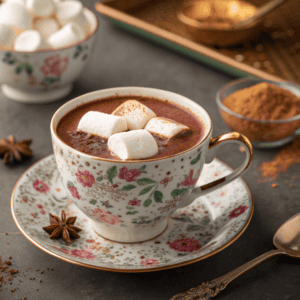
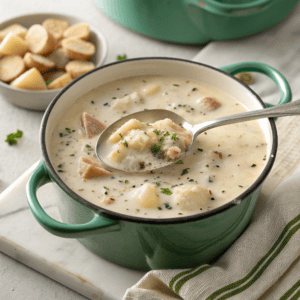
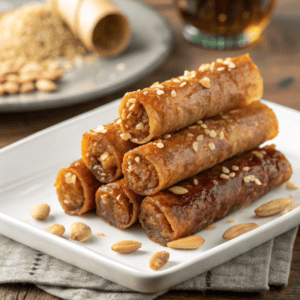
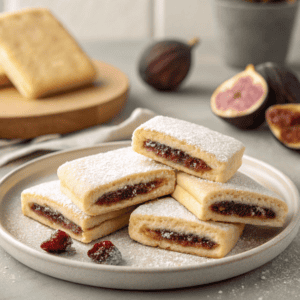
2 thoughts on “Starbucks Matcha Ingredients Exposed: What You’re Really Drinking”